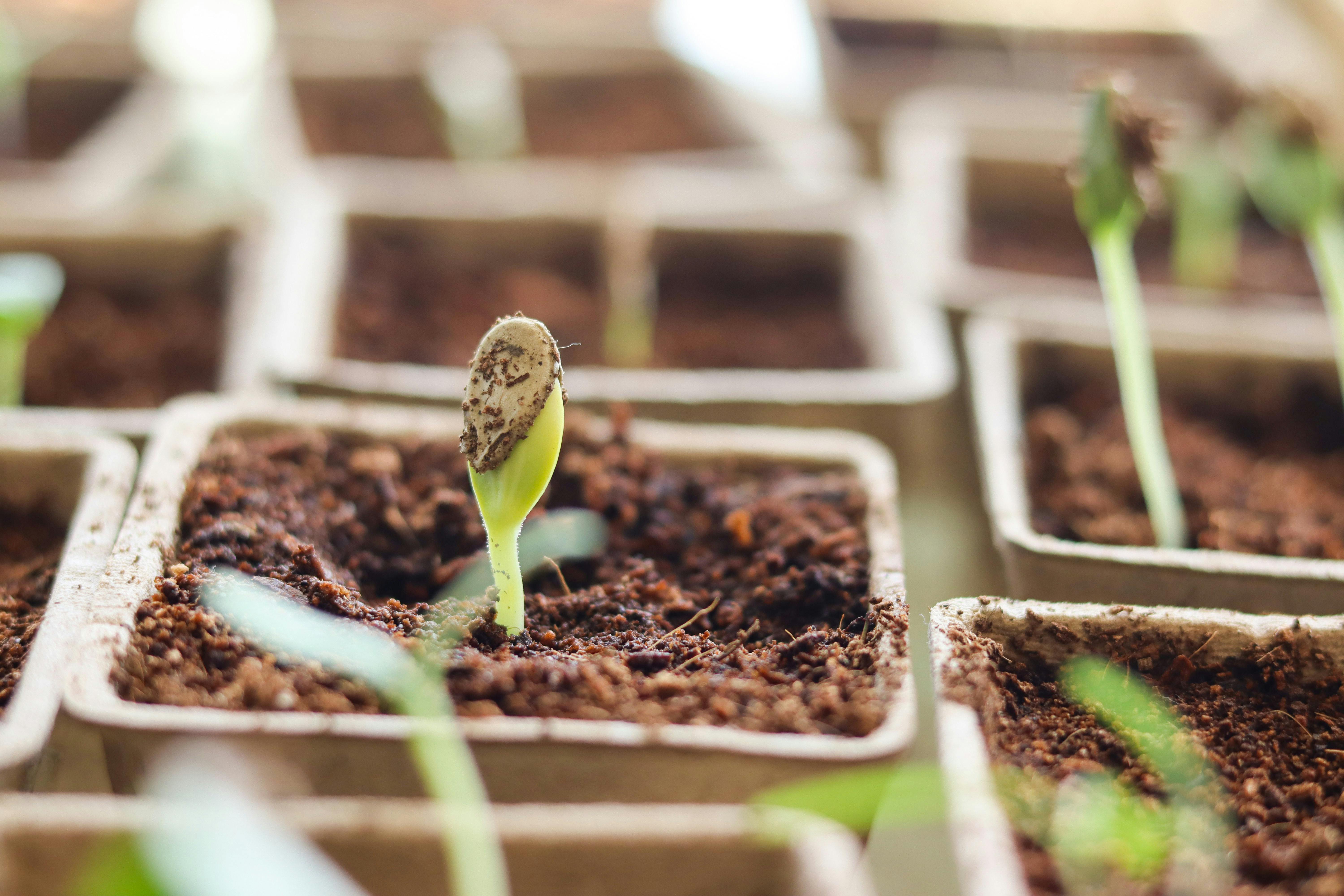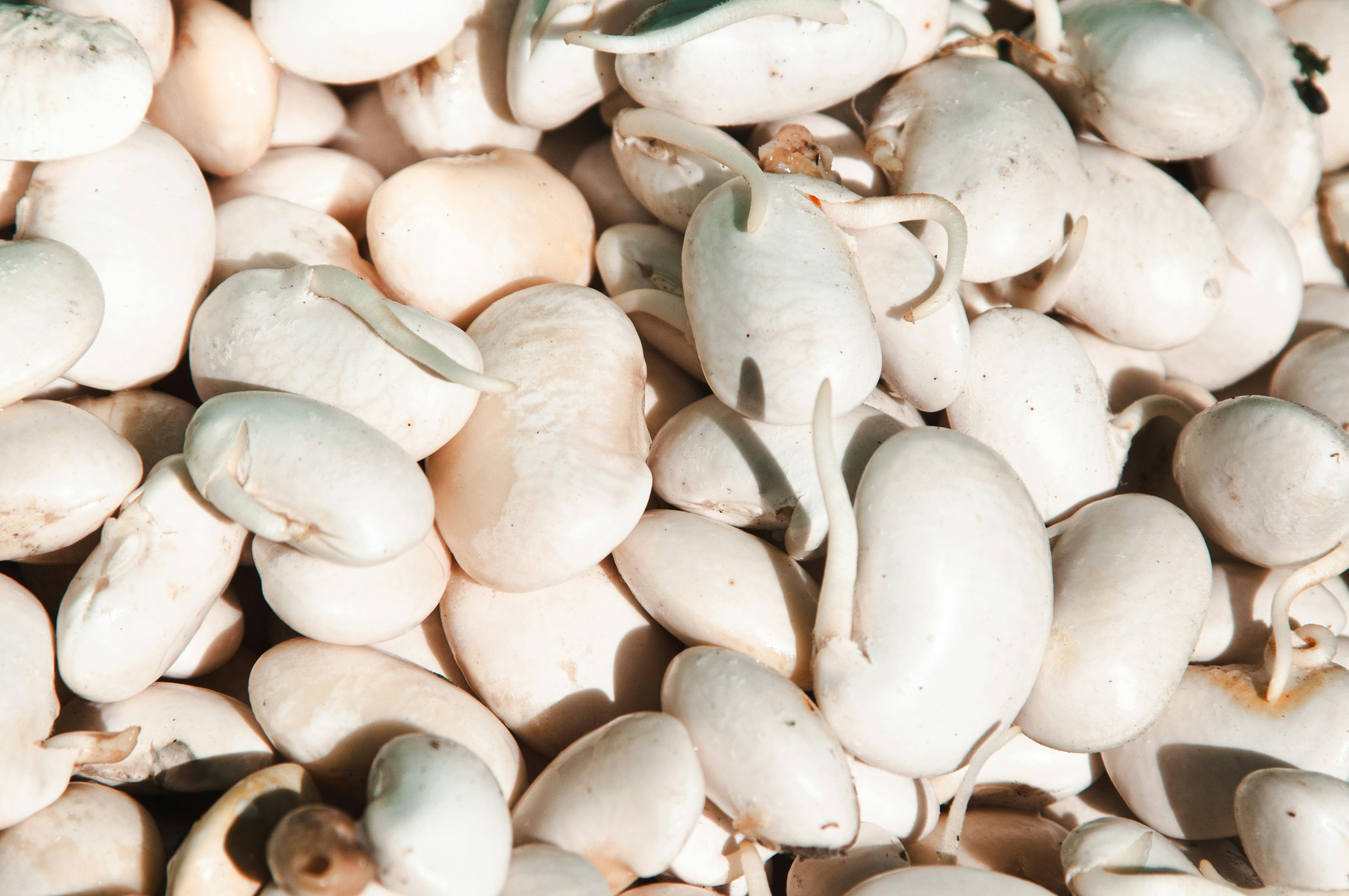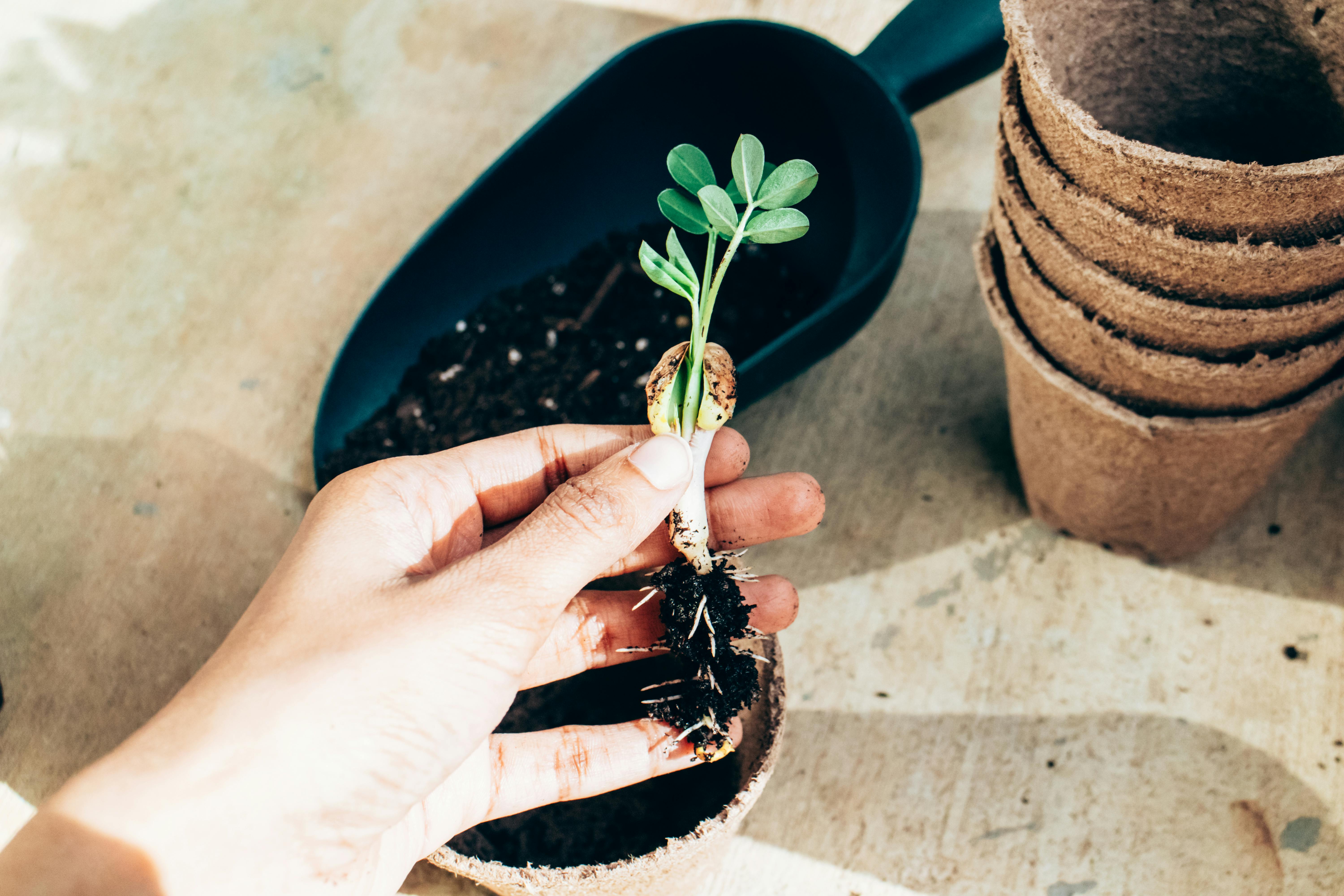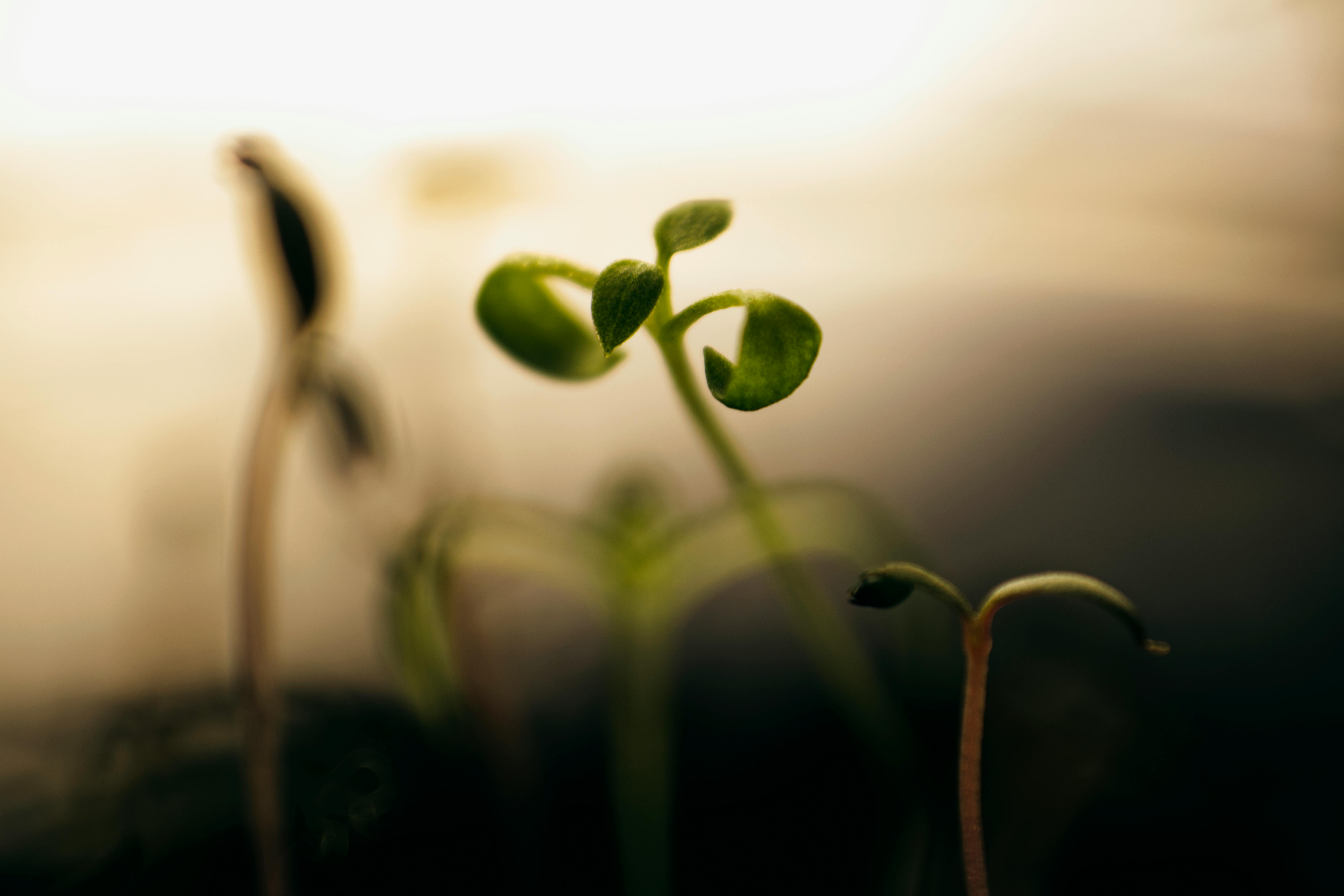Heirloom, Open Pollinated (OP), or Hybrid (F1)?
Understanding seed types helps enthusiasts make informed choices based on their gardening goals.
Heirloom Seeds: These are open-pollinated varieties with a history of being saved and passed down, often for generations (typically pre-1950s). Prized for flavour, uniqueness, and historical significance. Seeds saved will grow true-to-type if properly isolated.
Open Pollinated (OP) Seeds: Pollinated naturally by wind, insects, or self-pollination. Seeds saved from OP plants will produce offspring genetically similar to the parent plant (breed true), making them suitable for seed saving. Includes heirlooms and modern OP varieties.
Hybrid (F1) Seeds: Created by intentionally cross-pollinating two distinct parent lines in a controlled environment. F1 hybrids often exhibit 'hybrid vigor' (increased yield, uniformity, specific disease resistance). However, seeds saved from F1 plants typically do *not* breed true and may show unpredictable traits from the grandparent lines. GMO seeds are different and not typically sold to home gardeners in Canada.
Many enthusiasts prefer Heirloom and OP seeds for seed saving, biodiversity, and unique characteristics, while F1 hybrids are chosen for specific performance traits like uniformity or disease resistance.


)





